Bokbunja, also known as Korean mountain raspberry, is a special berry native to Korea, Japan, and China. These berries are often referred to as Korean blackberries or brambles and are valued for their unique taste and health benefits. Bokbunja berries are most famously used to make a traditional Korean fruit wine called bokbunja ju.
The harvesting season for bokbunja runs from May to July, and these berries are delicious and packed with health benefits. They are known to improve eye health, enhance brain function, and boost concentration and focus, making them highly sought after for both culinary and medicinal purposes.
Bokbunja wine, made from these berries, has a rich history and is enjoyed by many for its deep flavor and potential health benefits. If you want to try something new, bokbunja and its products would be an exciting addition to your diet.
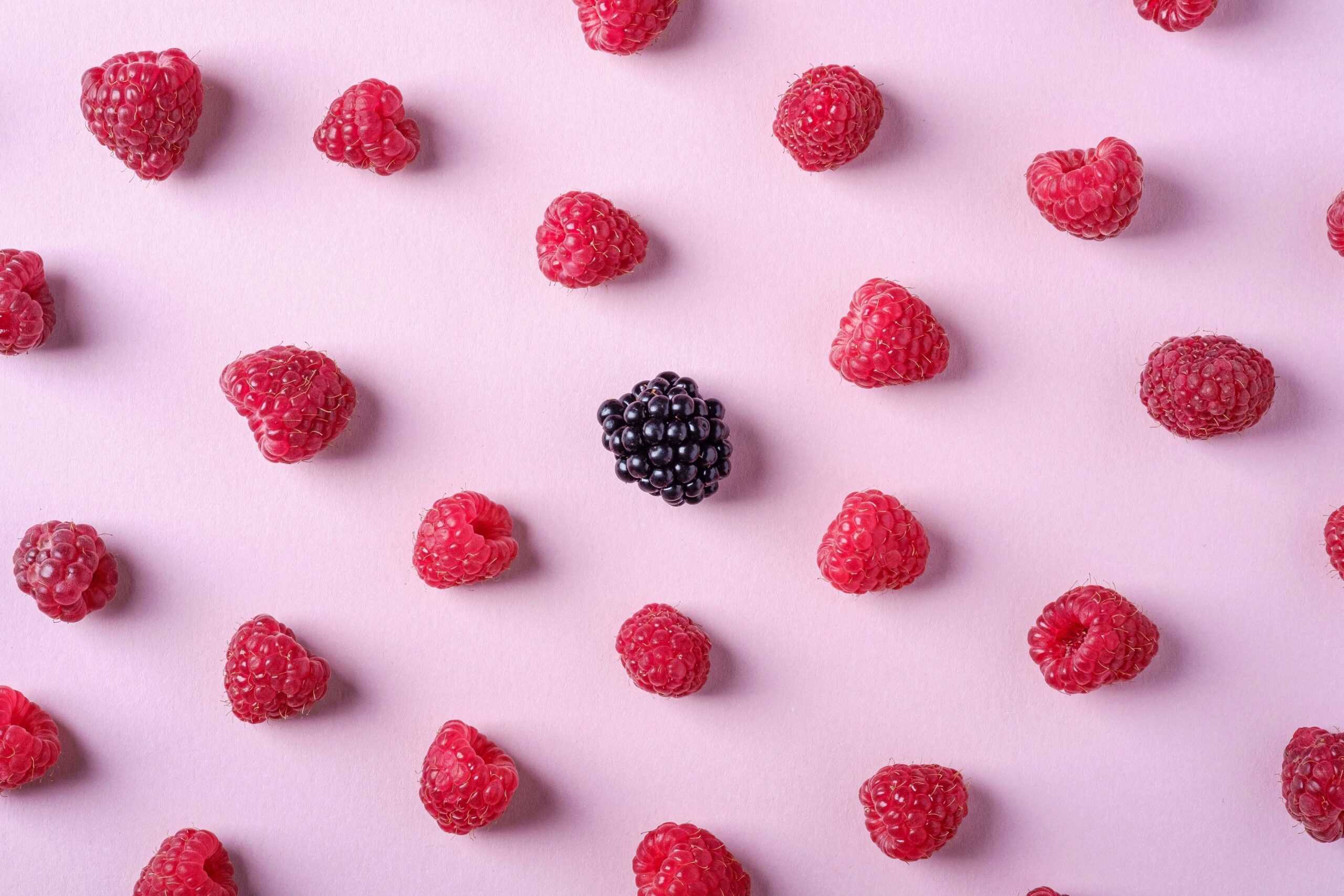
Jump to:
🫐 Understanding Bokbunja
Origin and Definition
Bokbunja, scientifically called Rubus coreanus, is native to Korea, Japan, and China. It's commonly referred to as Korean black raspberries or Korean bramble. Bokbunja ju, a popular Korean fruit wine, is traditionally made from these berries.
Korean black raspberries are valued for their health benefits. They're rich in antioxidants, vitamins, and minerals and are known to improve eye health and enhance brain development. Locally, they're often cultivated and consumed in various forms, including juices, wines, and dried snacks.
Comparison to Related Species
Bokbunja is often compared to the North American black raspberry, Rubus occidentalis. While both are black raspberries, they have distinct differences.
Rubus coreanus berries tend to be larger and juicier. Their sweeter flavor profile makes them ideal for wine and desserts. In contrast, Rubus occidentalis has a more tart taste and is used in jams and pies.
Although modern bokbunja wine is sometimes made from Rubus occidentalis, true bokbunja wine uses Rubus coreanus. This distinction is important as it affects the wine's taste and cultural authenticity.
In conclusion, while Rubus coreanus and Rubus occidentalis are related, their uses and characteristics offer distinct experiences for those who enjoy black raspberries.

📜 Cultural Significance
Bokbunja in Korean Tradition
In Korea, bokbunja has been cherished for centuries. Traditionally, these berries, known as bokbunja in Hanja (覆盆子), have been used to create bokbunja-ju, a popular fruit wine. The name in Hanja translates roughly to "pot-overturning berry," hinting at its legendary potency.
Bokbunja-ju is often homemade, steeping the berries to enhance the wine's rich flavor. It's said to have various health benefits, including improving stamina and vitality. As a result, bokbunja-ju is often served during special occasions, celebrations, and ancestral rites, symbolizing good health and prosperity.
The fruit's deep red color is also associated with vitality and longevity, making it a common gift among friends and family.
Bokbunja beyond Korea
Outside Korea, bokbunja is gaining popularity, especially in culinary and alcoholic beverages. The berries, known as Korean bramble or Korean black raspberry, have started appearing in international markets.
Bokbunja-ju, the fruit wine, has intrigued many with its unique taste and reported health benefits. It's now featured in various food and wine festivals, introducing new audiences to this traditional Korean drink.
Chefs and home cooks are experimenting with bokbunja, adding a unique twist to desserts, sauces, and marinades. The berry’s rich flavor and vibrant color add a splash of authenticity and exotic appeal to dishes, bridging culinary traditions and modern tastes.
Korean restaurants worldwide also highlight bokbunja-ju on their menus, inviting diners to experience a taste of Korean culture with every sip.
🫙 Bokbunja Products
Bokbunja Wine and Spirits
Bokbunja wine is a popular Korean fruit wine made from black raspberries. It typically has an alcohol by volume (ABV) ranging from 15% to 19%. Bokbunja-ju is known for its rich color and sweet, tart flavor.
It's believed to improve health and vitality. This makes it highly popular both in Korea and internationally.
Consumers may also find spirits made from bokbunja. These are often stronger and distilled to increase the alcohol content. The natural sweetness of the raspberries adds a unique taste to these beverages, distinguishing them from other fruit-based drinks.
Other Bokbunja Derivatives
Beyond wine and spirits, bokbunja fruits are used to create various other products. Bokbunja juice is popular for its refreshing taste and potential health benefits, such as improved eye health and enhanced concentration and focus.
Extracts and powders made from bokbunja are also common. These are often used in health supplements, beauty products, and even food items.
In Korea, it's not unusual to find bokbunja jam or even confectionery items that incorporate the berry's distinctive flavor. This wide range of bokbunja-derived products highlights the berry's versatility and the high demand for its unique properties.
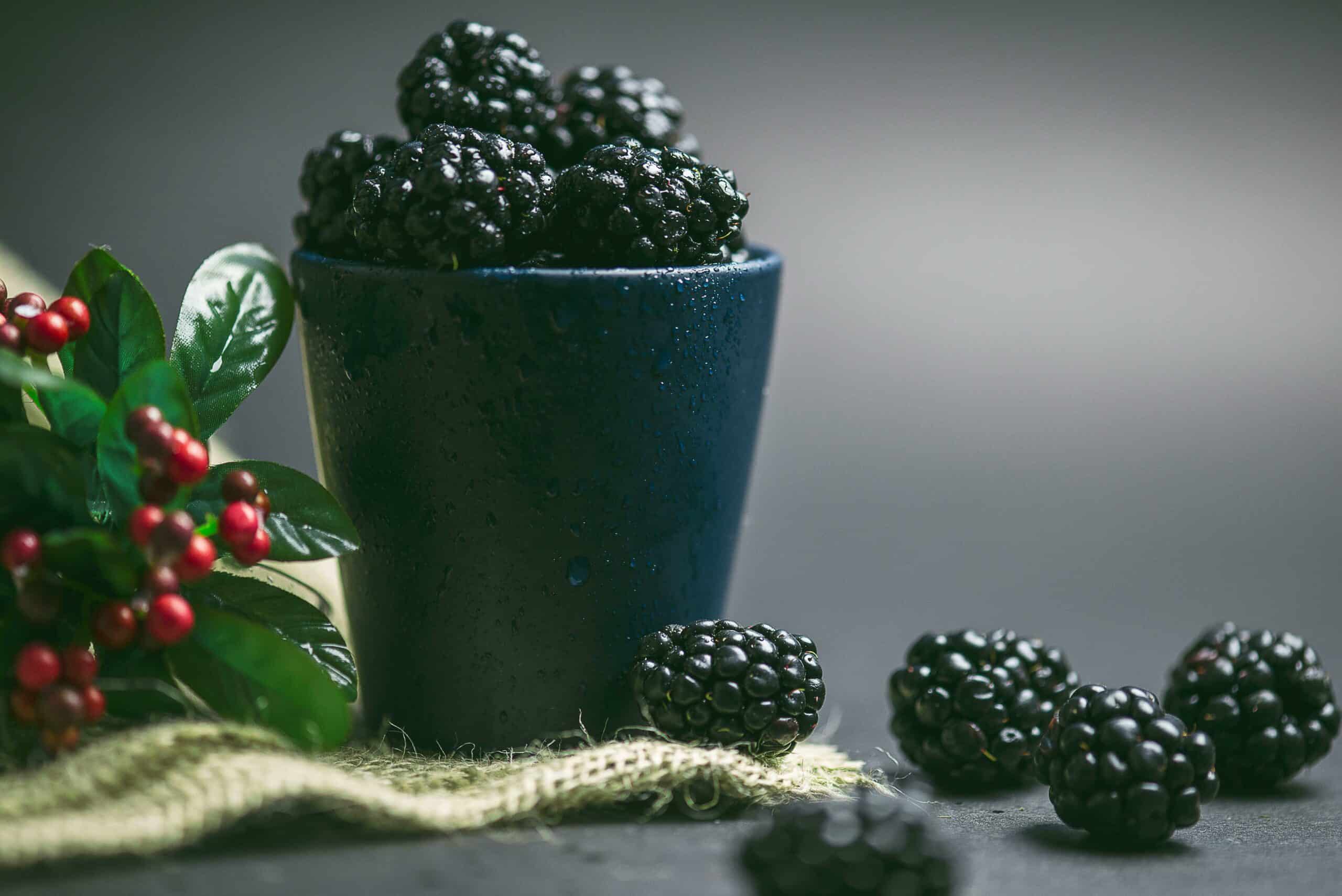
👩⚕️ Health Benefits and Nutritional Profile
Antioxidant Properties
Korean mountain raspberries are rich in anthocyanins, an antioxidant known for its vibrant color and health-promoting qualities. These antioxidants help fight free radicals, reduce oxidative stress, and boost cellular health.
The anti-inflammatory effects of anthocyanins can also help lower the risk of chronic diseases and improve stamina. Regular consumption may improve eye health by protecting against age-related damage.
Additionally, bokbunja may support anti-aging processes by maintaining skin elasticity and reducing the appearance of wrinkles.
Richness in Vitamins and Minerals
Bokbunja is a good source of essential vitamins and minerals. It contains significant amounts of vitamin C, which boosts the immune system and promotes skin health. The high content of phytoestrogens also supports bone health, especially in postmenopausal women.
These berries provide various minerals, such as potassium and magnesium, crucial for maintaining healthy blood pressure and lowering cholesterol levels.
Their comprehensive nutrient profile makes them beneficial for people of all ages, helping enhance concentration, focus, and overall well-being.
🔪 Culinary Applications
Cooking With Bokbunja
Bokbunja can be used in many recipes, from desserts to savory dishes. One popular use is in sauces and marinades. The sweet and sour berries make them an excellent base for glazes on meats like pork and chicken.
Bokbunja adds a tangy twist to desserts. It's often used in jams, jellies, and syrups. A drizzle of bokbunja syrup can elevate pancakes, ice cream, and yogurt.
Traditional Korean cooking also loves bokbunja wine. This dessert wine served chilled, is sometimes used in dishes to add depth of flavor. It pairs well with rice-based dishes, including rice cakes and sweet drinks.
Pairing Flavors
When pairing bokbunja, consider its strong, sweet, and sour taste. It complements rich, savory dishes and brightens up lighter fare.
For savory foods, bokbunja pairs well with meats. The berry’s natural acidity cuts through the richness of fatty cuts like pork belly. Bokbunja glazes, or sauces can add complexity to roasted duck or grilled chicken.
For sweet pairings, bokbunja goes well with honey and other fruits. In desserts, the combination of bokbunja and honey creates a delightful balance. Consider using bokbunja with fruits like pears, apples, and citrus to make refreshing salads or desserts.
Bokbunja's versatility in the kitchen makes it a fantastic ingredient to experiment with in different culinary applications.
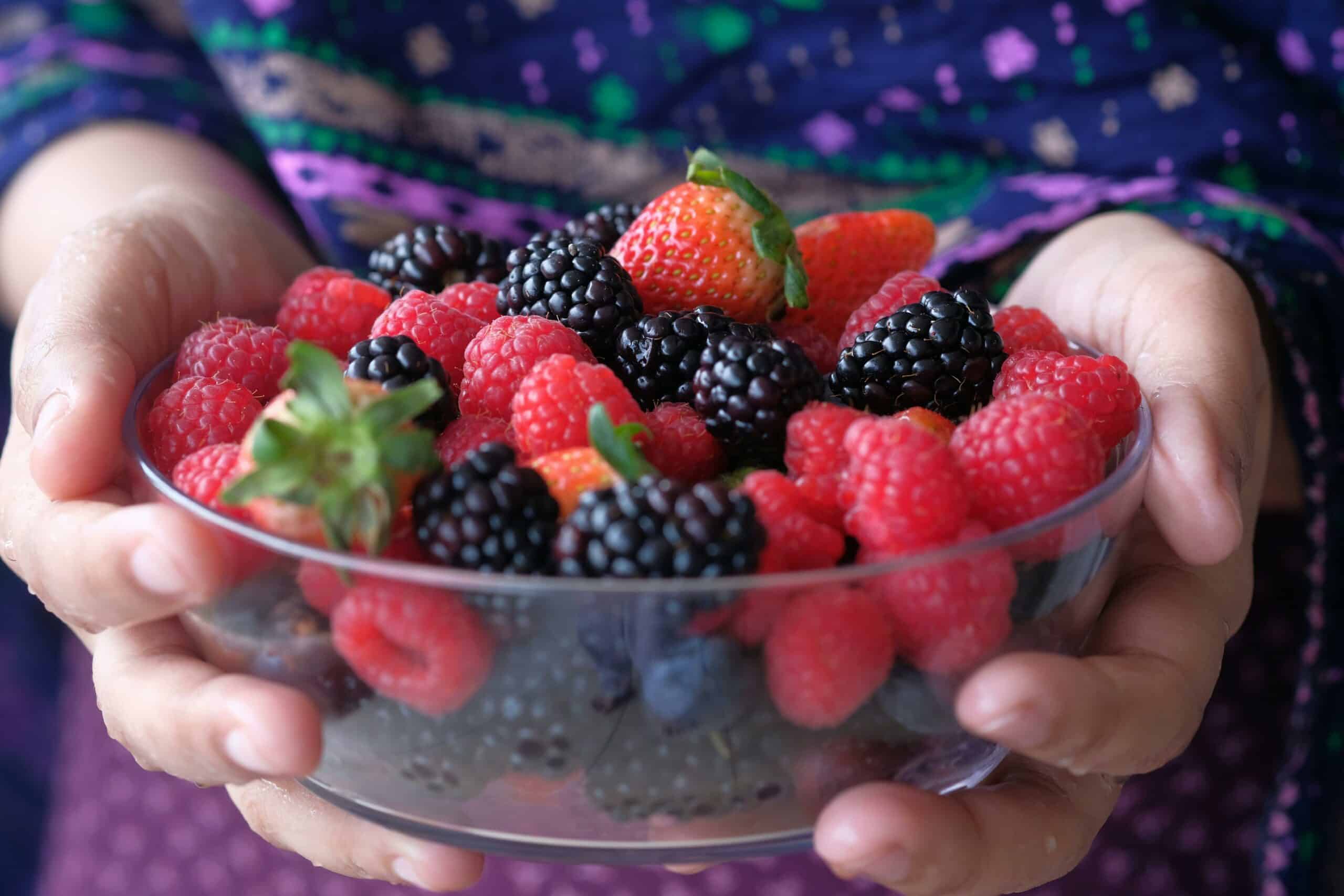
🌳 Agriculture and Production
Farming Practices
Bokbunja farming is highly concentrated in regions like Gochang. The area's yellow soil, abundant nutrients, and minerals create an ideal environment for cultivation. Farmers opt for organic approaches, avoiding chemicals to maintain the purity of the produce.
Constant ocean breezes help regulate the temperature and keep the plants healthy. Additionally, carefully spacing the bushes ensures each plant gets enough sunlight and airflow, reducing the risk of pests and diseases.
Harvesting and Processing
Harvesting bokbunja berries involves picking ripe fruits by hand. This gentle method minimizes damage to the delicate berries. Harvest season typically spans mid-summer, allowing the full flavor to develop under Korea's sunny skies.
Processing begins immediately after harvesting to preserve freshness. The berries are cleaned, sorted, and often immediately frozen to maintain quality. Some are used fresh, while others are used for making jams, juices, and wines.
Fermentation and Aging
Fermenting bokbunja berries into wine is a traditional practice. Once harvested and cleaned, the berries undergo a natural fermentation process. Traditionally, bokbunja wine was made using wild berries, but now, cultivated ones are also used.
Fermentation periods can vary, but the product is typically aged to enhance flavor. The aging process allows the unique taste of Korean mountain raspberries to deepen, resulting in a rich, complex wine enjoyed by many. Using modern techniques alongside traditional methods ensures the final product's quality and consistency.
❓ Frequently Asked Questions
Bokbunja wine has a rich, sweet taste with a hint of tartness. It's often described as more robust and earthy compared to other fruit wines, such as strawberry or cherry. The flavor is deep and slightly astringent, making it distinct.
Bokbunja raspberry wine typically has an alcohol content ranging from 12% to 15%. This makes it similar to many standard grape wines. However, fermenting Korean mountain raspberries gives it a unique profile that can be slightly stronger or sweeter than other fruit wines.
Bokbunja wine is known for its high levels of antioxidants, particularly anthocyanins, which may help reduce inflammation and protect against certain diseases. It's also reputed to have pro-erectile properties and to support men's health, making it a popular choice, especially among older adults.
Korean mountain raspberries are known for their sweet yet tart flavor. They have a deep, rich taste that's often described as a mix of blackberries and raspberries, with a slight earthiness. The berries are juicy and tend to be slightly more astringent than regular raspberries.

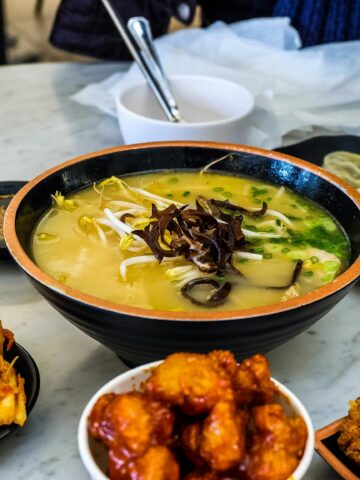
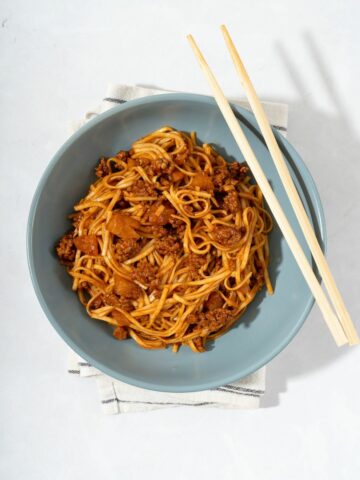
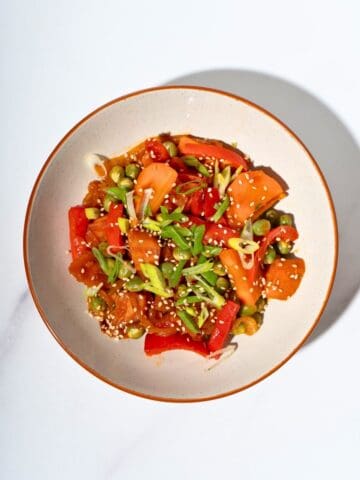
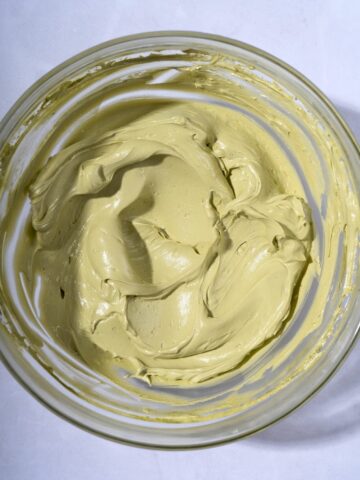
Comments
No Comments